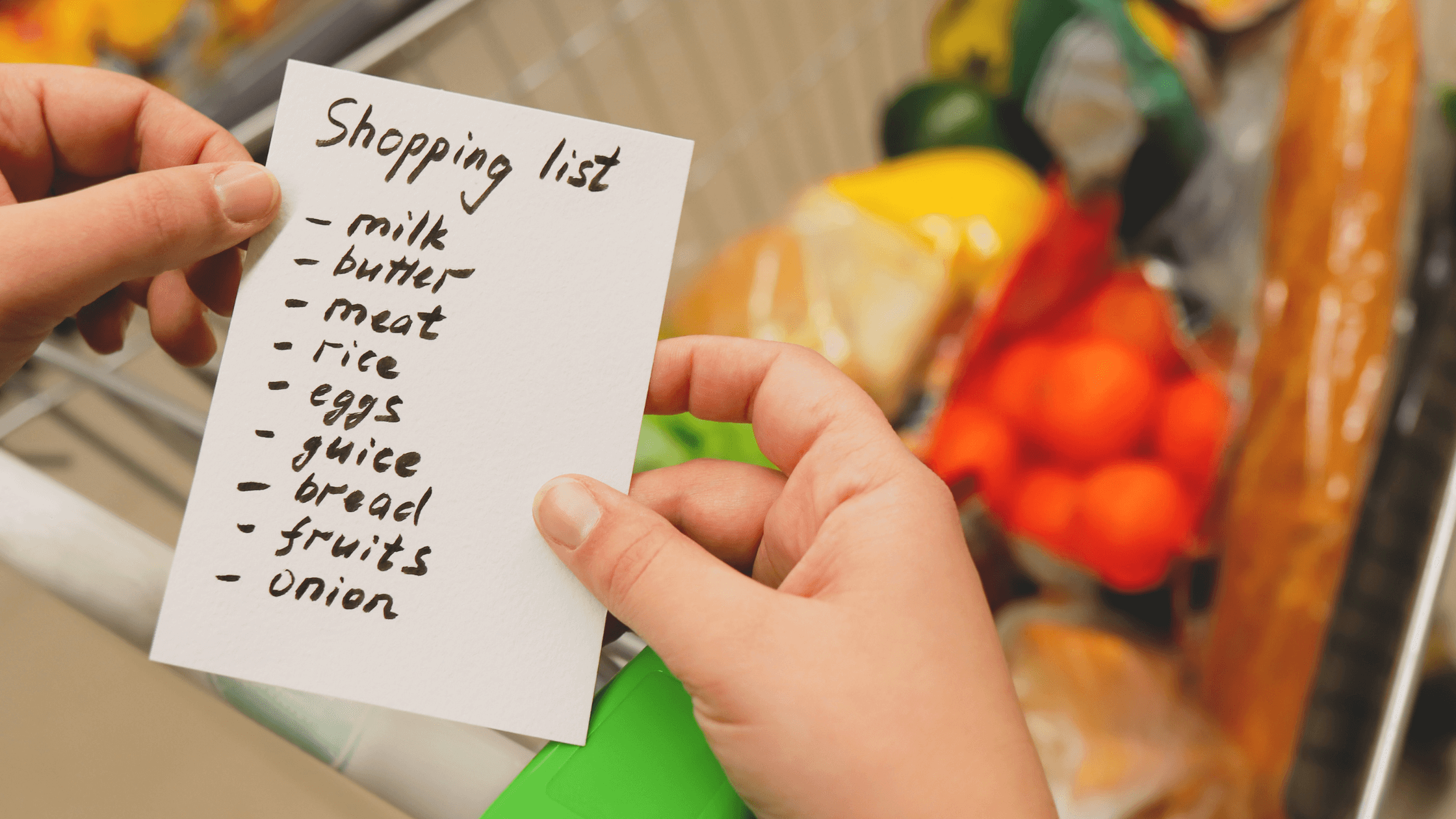Want to save more money without flipping your life upside down? It’s not about big sacrifices. It’s about small, smart moves. Every. Single. Day. From how you sip your morning coffee to how you shop for groceries, there are countless little changes that can snowball into serious savings.
If you think saving money is hard or boring, this article might just change your mind. Let’s break it down and explore hacks to save a big amount, with real-life examples and tips that anyone can follow.
1. Brew Your Coffee at Home

Grabbing a latte every morning may feel like a small treat, but it’s a sneaky drain on your budget that adds up fast.
Let’s break it down:
One coffee a day at $4 = $120/month
That’s $1,440 a year, enough for a weekend getaway or a major bill payment.
Instead, invest in a good coffee machine or even a basic French press. Buy quality beans, experiment with syrups, frothy oat milk, or flavored creamers, and you’ll soon start to love your custom brews more than the coffee shop versions.
You also save time, no waiting in lines or rushing out the door. Plus, you control what goes in your cup, making it healthier too.
Hack Bonus: Prep your coffee the night before, so your morning version is just a button away. Fast, cozy, and surprisingly satisfying on a budget.
2. Plan Your Meals and Stick to a Grocery List

Grocery stores are full of traps, sweet smells, tempting “buy more” deals, and endless choices. Walking in without a plan is like walking into a maze with no map or exit strategy.
Here’s what works:
Write a meal plan for the week.
Make a detailed grocery list based on that plan.
Eat before you shop (shopping hungry = impulse buys).
Stick to the outer aisles, that’s where the fresh, unprocessed foods usually are.
When you plan your meals, you buy only what you need, waste less, and spend less. No more tossing out wilted greens, expired yogurt, or leftovers you didn’t need in the first place.
You’ll also feel more organized during the week, with less temptation to order food when you already have a meal ready to go.
Estimated Savings: $50–$100/month, possibly more if you avoid last-minute takeout.
3. Cancel Unused Subscriptions

It’s easy to lose track of your sign-up for a fitness app in January, a meditation app in March, a free trial here and there, and before you know it, you’re paying for things you don’t even use.
Take time once a month to review your bank or credit card statements and look for recurring charges. Even small ones add up over time. Cancel anything you haven’t used in the past 30 days.
What to look for:
Streaming services (you probably don’t need five)
Cloud storage plans you forgot about
Productivity or wellness apps with free alternatives
Magazine or digital news subscriptions you don’t read
You can even set calendar reminders to review your subscriptions every quarter. Staying aware of these “silent drains” can help you plug the leaks in your budget and reclaim a big chunk of your monthly expenses.
4. Master the 48-Hour Rule Before Any Purchase

Impulse buys feel good in the moment, but often come with a side of regret later. Whether it’s a trendy gadget or a pair of shoes on sale, those quick decisions can silently drain your monthly budget.
Here’s a simple fix: If it’s not an absolute need, wait 48 hours before buying. Step away, think it over, and ask yourself if it truly adds value to your life.
Most of the time, the urge fades, and you realize it wasn’t necessary. If it doesn’t, then you’ve made a more thoughtful and confident choice.
This habit helps you:
Avoid emotional or boredom-based spending
Stick to your financial goals
Value your purchases more because they were intentional
Reduce clutter in your home and mind
It's a small delay that delivers big rewards, one of the most underrated hacks to save a big amount month after month.
5. Use Coupons and Promo Codes When You Shop

If you’re already planning to shop, why pay full price?
Before checking out online or in-store, take a moment to search for coupons and promo codes. It’s one of the easiest ways to shave off a few extra dollars or even score free shipping, buy-one-get-one deals, or bonus items.
Best Tip:
Check out Zubile for the latest working promo codes, coupons, and discounts from top brands across categories. It’s updated regularly, so you’ll always find something useful.
These savings may seem small at first, but when used consistently, you can easily save $10–$50/month, especially on groceries, clothes, beauty, and tech.
Pro Tip: Combine coupons with store sales or loyalty programs to maximize your total discount.
6. Cook in Batches and Eat Leftovers

Takeout may feel convenient, but the cost adds up quickly, especially if it becomes a daily habit. Cooking at home isn’t just healthier, it’s also a powerful way to save money without much effort.
Pick 2–3 days a week to cook in larger portions. Go for easy, versatile meals like:
Pasta
Stir-fry
Soups
Rice bowls
Store leftovers in meal-size containers so you’re always just a few minutes away from a ready-to-eat lunch or dinner. You can also freeze extra portions for busy days when you don’t feel like cooking.
Batch cooking helps you avoid last-minute food delivery, reduces food waste, and keeps your grocery spending in check. It also frees up time during the week for things you actually enjoy. For more tips on creating a smart monthly budget, check out NerdWallet’s guide to budgeting.
Estimated Savings: $100+ a month, especially if you’re cutting back on regular takeout or work lunches.
7. Turn Off Auto-Renew on Free Trials

Free trials are tempting, 7, 14, or even 30 days of full access with no upfront cost. But the catch? Most people forget to cancel before the trial ends, and that's when the charges start rolling in.
The smart move is to turn off auto-renew immediately after signing up. This way, you still enjoy the full trial period, but there’s no risk of getting charged when it ends.
Also, set a calendar reminder or phone alert for a day or two before the trial expires, just in case you change your mind and want to cancel early.
These forgotten charges may seem small, but over time, they can drain your budget, especially if you sign up for multiple services throughout the year.
Taking this small step upfront helps you stay in control, avoid surprise charges, and stick to your financial goals effortlessly.
8. Walk or Bike Short Distances

Driving everywhere may seem convenient, but fuel costs, parking fees, tolls, and car wear-and-tear quietly eat into your monthly budget.
If your destination is within a mile or two, like a grocery store, gym, or a friend's house, consider walking or biking instead. It might only take a few extra minutes, but the savings stack up over time.
Even biking just 2–3 times a week can save a surprising amount on gas, especially with fuel prices on the rise. Plus, you’ll get free exercise, fresh air, and a mental reset all without paying for a gym.
You’ll also avoid the stress of traffic, parking hassles, and unexpected vehicle expenses.
Bonus Tip: For longer commutes, explore public transport, ride-sharing, or carpooling. Many cities offer transport passes, student discounts, or off-peak fare options that can cut your travel costs in half.
9. Shop Off-Season for Clothes and Essentials
Retailers love to sell products when demand is highest, and prices follow. But if you can plan ahead and shop after the season ends, you’ll score the same items at a fraction of the cost.
Smart Timing:
Buy winter coats and boots in early spring
Pick up summer clothes and swimwear in late fall or winter
Grab holiday décor, party supplies, and even gifts in January
Shopping off-season often gets you 50–70% off on brand-new items just because they’re no longer “in season.” You’ll find better sizes, avoid crowded sales, and stretch your budget further.
It does require a little patience and planning, but once you start, you’ll wonder why you ever paid full price. This seasonal timing trick is a quiet money-saver and one of the smartest hacks to save a big amount over the year.
10. Automate Your Savings

One of the simplest yet most effective ways to save money is to take the decision out of your hands and let automation do the work.
Set up an automatic transfer from your main account to a separate savings account the moment your paycheck arrives. Even a small amount like $25 a week adds up to $100/month, or $1,200/year, without you even noticing.
Why it works:
It removes the temptation to spend “what’s left over”
It builds a consistent saving habit
You treat savings like a non-negotiable expense
You won’t feel the pinch because it’s out of sight and out of mind
Start small, then gradually increase the amount over time. You can even create multiple savings goals for emergencies, vacations, or big purchases and assign each one its own auto-transfer. This strategy takes the emotion out of saving and turns it into a steady, stress-free system. Future you will be glad you did. Learn more about the benefits of automated savings and how it grows your wealth over time.
Final Thought
The truth is: most people don’t need to make more money to save more, they just need to stop wasting what they already have.
These ten daily hacks are all about being intentional. You’re not cutting corners or living cheap. You’re spending smart.
Start with just two or three, and once they become second nature, add more. Before long, you’ll notice something amazing your bank balance isn’t just surviving. It’s growing.
FAQ's
Q. What are the easiest daily hacks to save money?
Making coffee at home, using grocery lists, cooking in batches, avoiding impulse buys, and using cashback apps are simple ways to save daily.
Q. How much can I realistically save each month using these hacks?
With consistency, you can save anywhere from $100 to $300 monthly, depending on your spending habits and how many hacks you apply.
Q. Do cashback and coupon apps really work?
Yes, when used consistently, apps like Rakuten, Honey, and Ibotta can save you real money on everyday purchases.
Q. What is the 48-hour rule in saving?
It’s a simple method where you wait 48 hours before buying anything non-essential, helping avoid impulse purchases.
Q. How can I track my savings progress?
Use budgeting apps like Mint or YNAB, or set up a savings tracker spreadsheet to monitor monthly progress and stay motivated.






